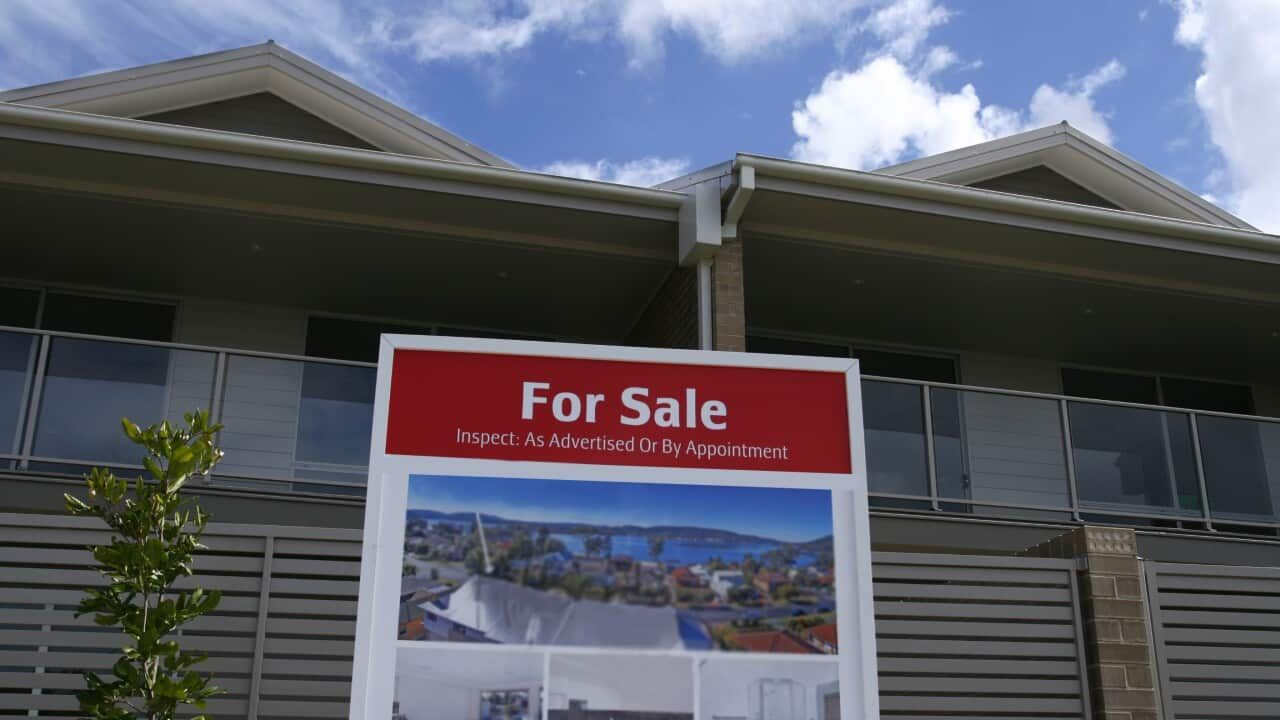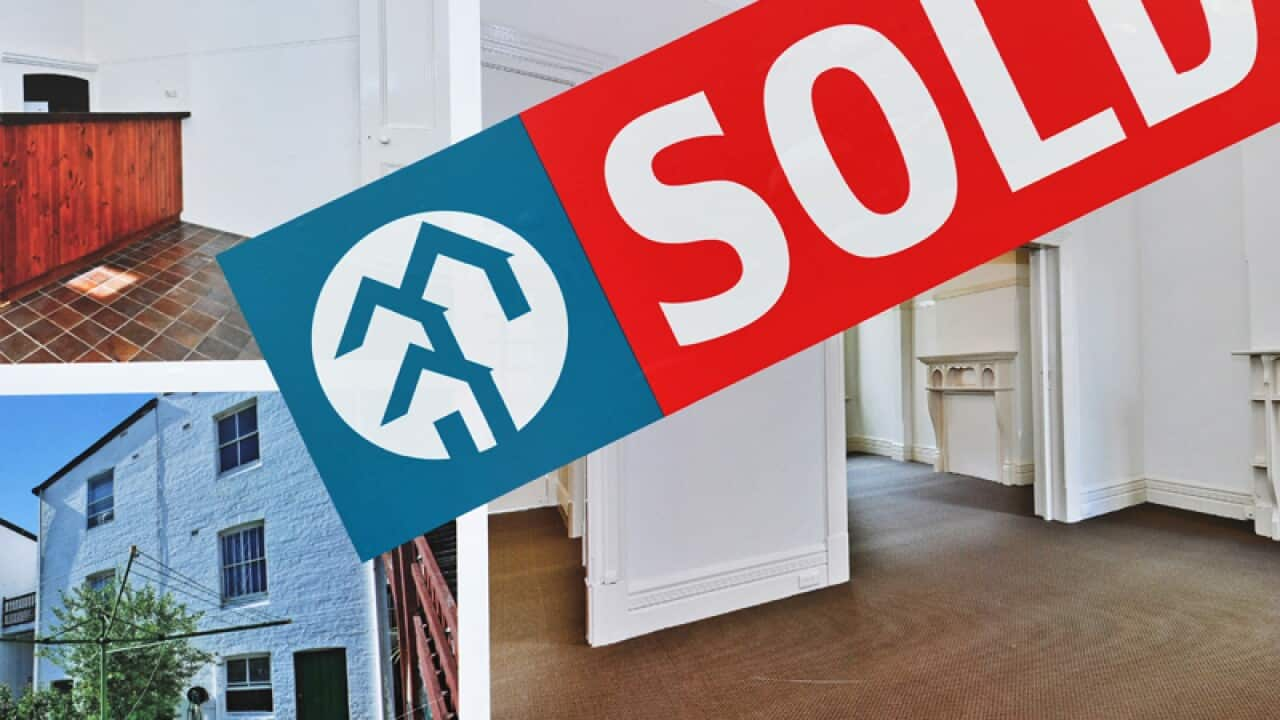What is it?
- In simple terms, it's a tax break enjoyed by investors of an income-producing property.
- Buy a house or an apartment, rent it out and claim any net losses against other income - especially your salary or wage - to reduce your tax liability.
- To create a net loss you can offset rental income with interest paid on a loan and other outgoings such as council rates, land tax, insurance and maintenance.
- About 1.9 million Australians take advantage of negative gearing on property.
- About 70 per cent of them earned $80,000 or less in the latest figures (2011-12) available.
- More than 90 per cent of new investment loans go to people purchasing existing housing stock.
- The average loss on an investment property for negatively geared investors is about $10,000.
- The value of net rent losses claimed by taxpayers fell to just over $12 billion in 2013, the most recent year for which numbers are released.
What Labor plans
- Limit negative gearing to new housing from July 1, 2017.
- Investments made before that date will not be affected and will be fully grandfathered.
- Losses from new investments in existing properties can still be used to offset investment income tax liabilities.
- No limit on the number of properties an individual can negative gear.
- Designed to raise $47 billion over 10 years.
The Coalition's position
- Rejects Labor's plan, arguing it would lower established home values because investors - who make up 30 per cent of buyers - would exit the market; it would also push up the cost of new housing as investors switch markets.
- Considering capping the amount - said to be about $20,000 - that can be claimed by investors.


